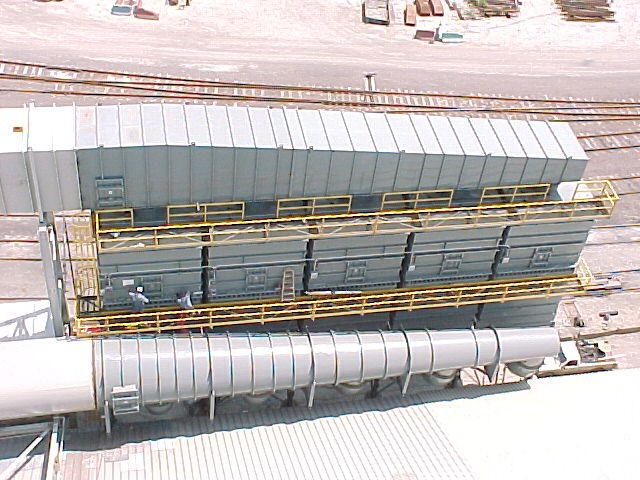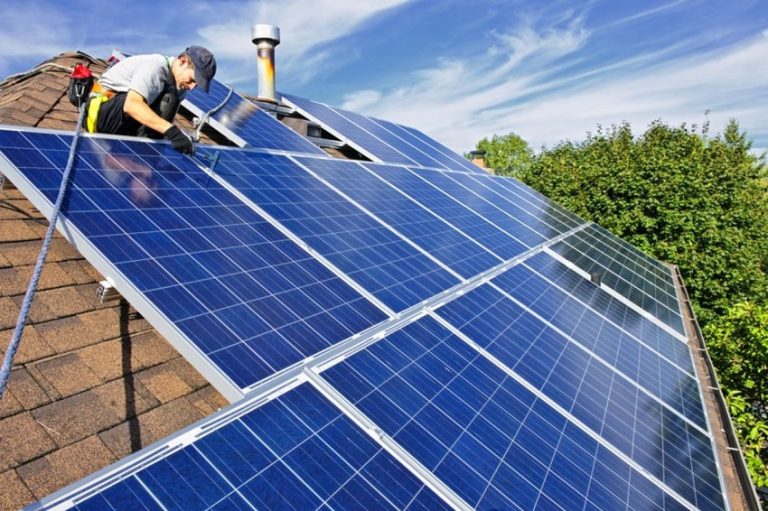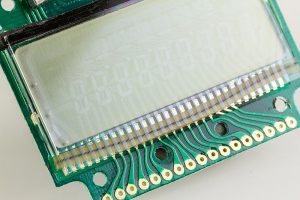A duct is a channel that pushes the cooled air from the air conditioning unit throughout a building. It can also extract warm air and take it away. Air conditioning ducts can also work for use in heating and filtering systems. There are two main types of ductwork: rigid and flexible. Read on for an introduction to rigid and flexible ductwork and when each type should be used.

Flexible ductwork
Flexible ducts are usually tube-shaped and made from wire coil and coated with a plastic which is malleable and surrounded by insulating material. Flexible ductwork is best when used in complicated or difficult places where rigid ductwork would be too tricky to install. Flexible ductwork can also be used to attach non-flexible ducts to an air supply outlet.
Flexible ducts need to be installed in a special way. It should be secured and supported to ensure there is no sagging. Any bends should be minimised as they can reduce air flow and create inefficiency in the system. The benefits of flexible ducts include their easy installation and low costs.

Rigid ductwork
Rigid ductwork comes in many materials and its shape can be cylindrical or rectangular and usually comes with insulation. The main benefits of rigid ductwork are that it is hardwearing and highly reliable. The most popular types of rigid ductwork include sheet metal, fiberglass lined and fibreboard ducts.
Sheet metal
Sheet metal ducts are made of galvanized steel or aluminium. For example, a galvanized steel spiral duct such as those available from stockists www.dustspares.co.uk/ductwork-parts/galvanised-steel-spiral-duct.html/ and similar suppliers, is a highly useful option for many purposes. Ducts made from aluminium are easy to install and are lightweight. These ducts also resist mould growth.
Fibreglass
Fiberglass lined ducts are the same as sheet metal ducts but with a fiberglass lining. These ducts are popular in commercial buildings as they can soundproof the air conditioning unit. The fiberglass can deteriorate and particles could be released into the air, which could be dangerous to the lungs over the long term. They are also difficult to clean and harbour mould growth.
Fibreboard
Fibreboard ducts are made of fibreglass strands which have been bonded with a resin. These are then covered in foil laminate. Fibreboard ducts are naturally insulated but shouldn’t be used for ventilation systems because they can encourage mould growth.













